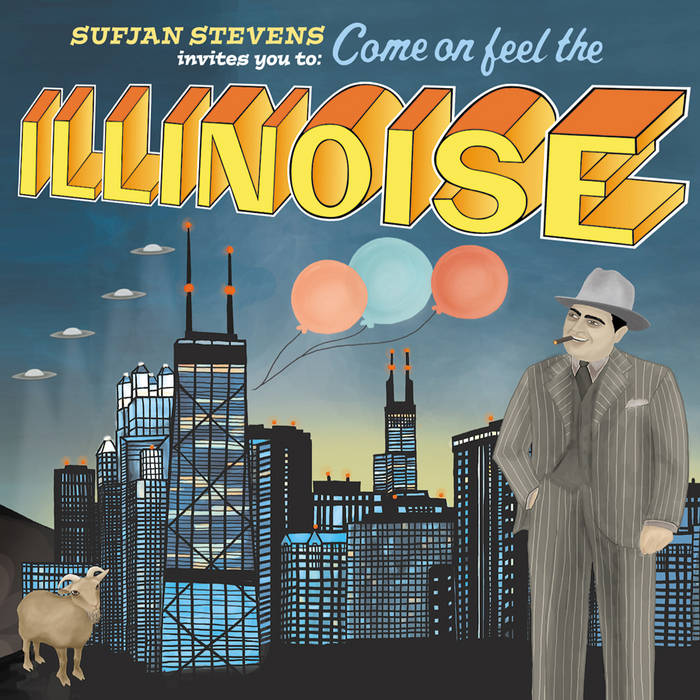Sarah Waters is one of our best contemporary novelists. From the eerie Affinity to the rollicking Tipping the Velvet to the superlative Fingersmith, not one of her books has disappointed until now. The Night Watch is slow, ponderous, and unoriginal; the plot not nearly involving enough to merit the 446 pages Waters allots it. This just may be the worst literary setback since Donna Tartt followed The Secret History with The Little Friend, or at least since Maile Meloy followed Liars and Saints with A Family Daughter.
The story, set in WWII–era London, focuses primarily on Helen and Julia, a lesbian couple; Duncan, a young gay man behind bars; and Viv, Duncan’s sister, who is carrying on an affair with a married soldier. There’s a reason these characters are given equal time; not one of them is endearing enough to carry an entire novel. Helen and Julia are curiously flat; Duncan’s naïvete can be infuriating; and Viv is sympathetic but bland. This is a curious departure from Waters’s previous work. Affinity’s Margaret was likable, not lovable, but this was for a reason: Waters didn’t want readers crushed when the plot ultimately conspired against her. Tipping the Velvet’s Nancy was a sort of everywoman with whom any reader could identify, and Fingersmith’s Sue and Maud are some of my favorite characters in all of fiction. So what happened, Sarah?
I have two hypotheses. While Fingersmith had vivid secondary characters (particularly Gentleman and Mrs. Sucksby) the story essentially belonged to Sue and Maud. The first-person Affinity rarely departed from Margaret’s point of view, except in flashbacks involving her incarcerated friend Selina. And Tipping the Velvet followed only the main character and her revolving cast of lovers. Simply put, The Night Watch is overpopulated. Just when I found myself becoming involved in Duncan’s plight in prison, Waters switched to Viv’s tribulations with her lover, Reggie, or Helen’s increasing suspicions about Julia. An alternating set of storylines only works when the reader cares about all outcomes equally.
Waters also falters because she has strayed outside of her favorite setting: Victorian England. Half the fun of Fingersmith came from its arcane language (“you fuckster!”), and Tipping the Velvet gets its title from Victorian slang for a certain sex act. While Waters has undoubtedly done her research on World War II—the book concludes with a three-page nonfiction bibliography—she doesn’t teach us anything we haven’t already gleaned from countless films, textbooks, and historical fiction.
Waters lavishes the same care on language, though, and that saves this book from being a total dud. Duncan doesn’t just accept a cigarette from a kindly prison guard—no, he notices that it “seemed as fat as a small cigar compared to the usual prison roll-ups. The tobacco was tight inside its smooth, cool sheath of paper.” In the same scene, Waters writes, “Duncan laughed. But the laughter came too soon on top of his tears; it caught in his chest and made him tremble.” With a few evocative details, she makes Duncan’s sorrow as riveting as any chase scene.
Of course, the worst part of Fingersmith was Waters’s sickening, overlong description of Sue’s capture and torture. And The Night Watch doesn’t spare readers the grisly detail. Self-mutilation, hemorrhaging, and decapitated heads all figure into the plot. But rather than informing the action, they threaten to turn Waters—who has written graphically about masturbation, lesbian sex, and orgies—into something she has never been: guilty of shock value.
Waters must be praised for the innovative form this novel takes. It’s a sort of detective story rendered backward. Therefore, Part One takes place in 1947; Part Two, 1944; and Part Three, 1941. The mystery lies not in what’s going to happen but what has happened to lead the characters to this point. Why is Viv’s relationship with Reggie so strained? Why is Duncan in jail? How did Helen and Julia become a couple, and why is Helen so terrified that Julia may abandon her? The answers are not nearly as difficult to guess as they should be.
The tangled web of Helen and Julia’s courtship feels especially tedious. It’s a running joke among lesbians that their relationships are often “incestuous”—that is to say, friends will often date women within the same social circle, and it is not uncommon for two friends to share a lover within a relatively short period of time. (Hell, they even made a flow chart to keep track of hook-ups on The L Word.) Considering this, why are we supposed to be surprised when Helen and Julia’s previous relationships are revealed? One would hardly imagine England to be less tolerant in the 1940s than in the 1800s, and yet this is the impression given by Waters’s work.
This isn’t to say Waters has lost her knack for plotting completely, but only one scene—when Helen’s story dovetails neatly with Viv’s, and Helen’s ex-lover, Kay, finds a new purpose for the ring on her finger—carries the same glimmer of excitement as the revelations in Fingersmith. Unfortunately, this development happens at the very end of Part Two, and it is hardly worth slogging through 367 pages to get there.
I suspect success may have ruined Sarah Waters. The queer community has embraced her so whole-heartedly—making the BBC adaptations of Tipping the Velvet and Fingersmith into hits, packing the store during a recent reading at Chicago’s Women and Children First—that she suspects she can release any novel with lesbian content and see her fans turn up in droves. Well, I’ve recommended Fingersmith to countless people, but after reading The Night Watch, I’m not sure whom I want to surprise with my autographed copy. Then again, maybe this isn’t Waters’s fault. The Night Watch arrives a scant four years after Fingersmith, and it’s 446 pages long! If Waters is being held captive by an uncaring editor who’s demanding two books per decade, I think her readers should storm her home in London and carry her away to a sedate writers’ colony.
In an interview, my friend Yvonne learned that Waters plans to set her next novel in the 1950s. Say it ain’t so! Waters needs to return to the Victorian era—and scale her cast of characters waaay back—if she’s going to return to the glory days of her earlier novels. All of the standard Waters elements are there—precise language, sexual intrigue, double-crossing—but there’s little of the flair that makes her writing great. Fingersmith’s Sue and Maud would hardly know what to do with these sad-sack characters. They would abandon them in Part One, leaving them to attend to their dreary, predictable lives. Unfortunately for Waters, readers may react in the same way.








